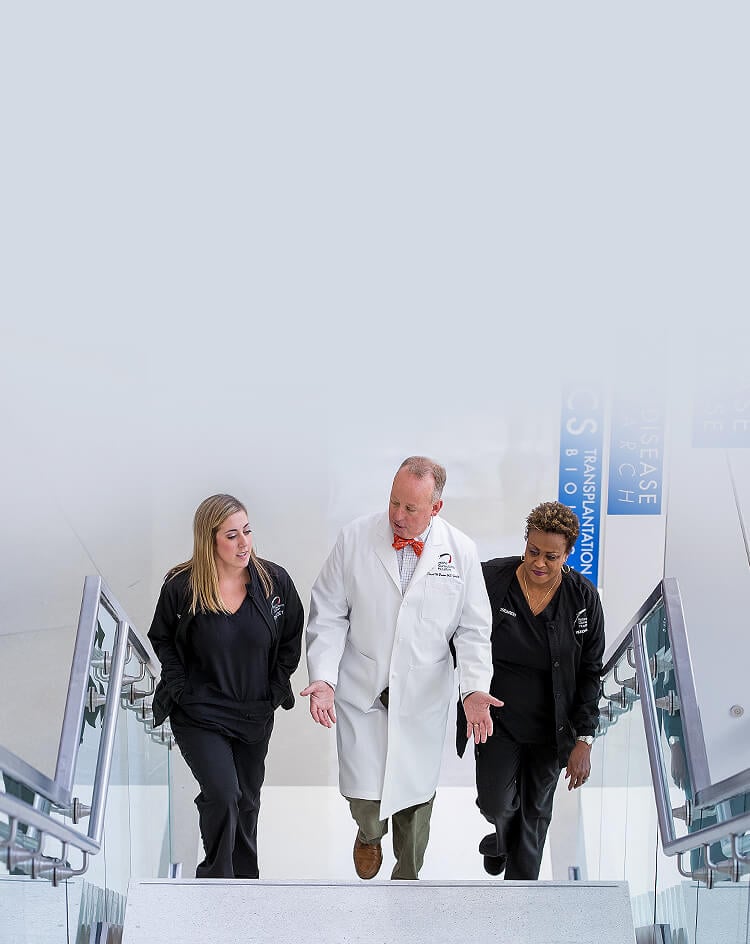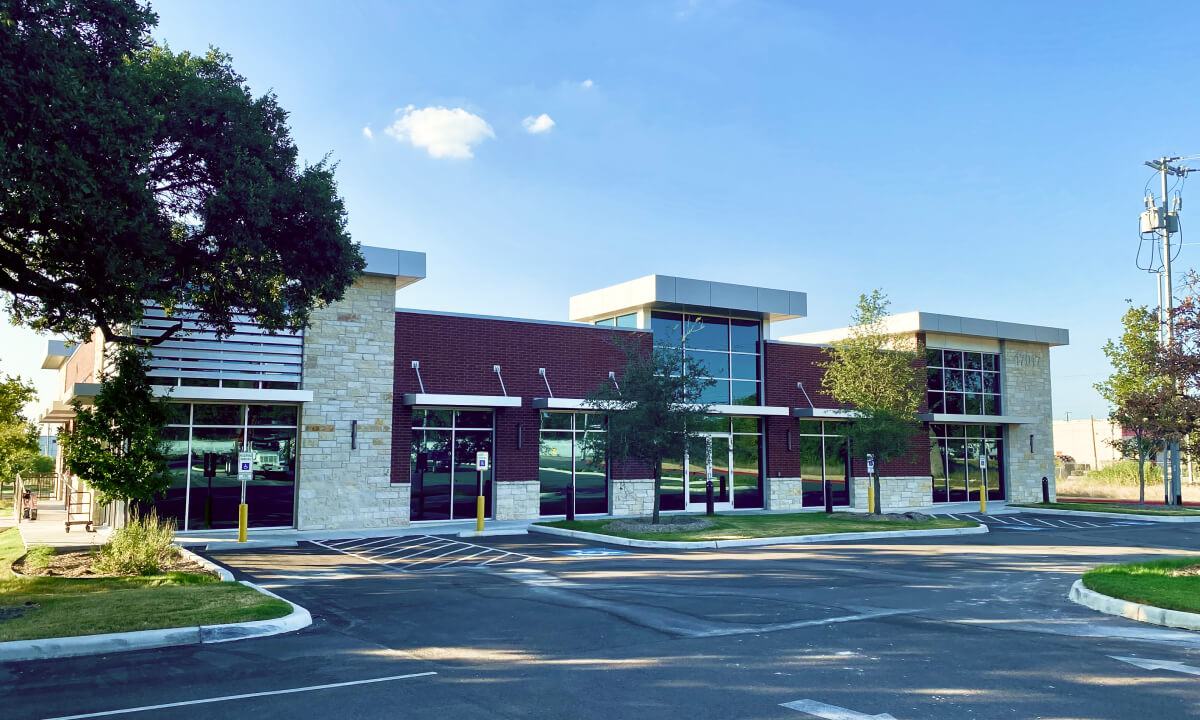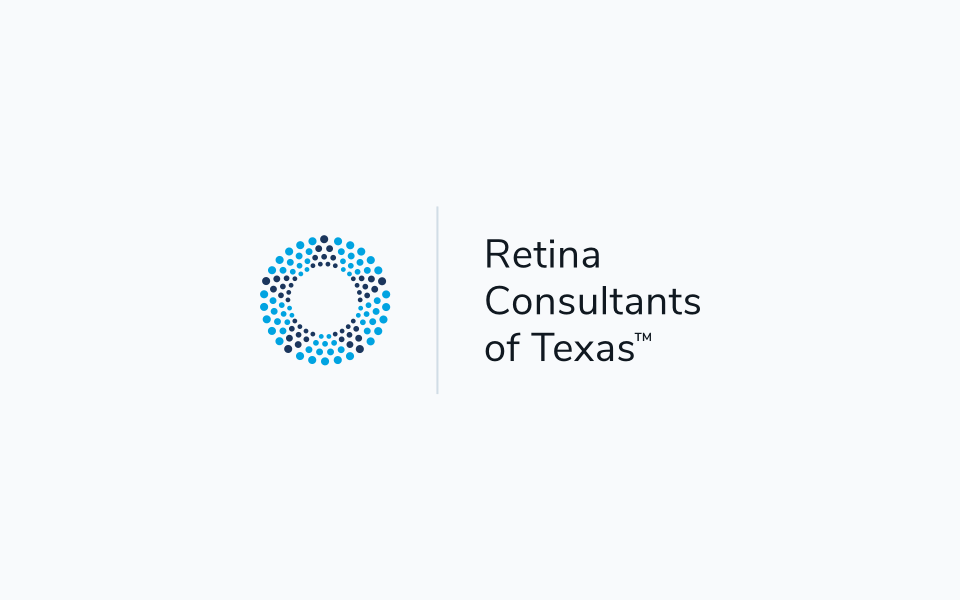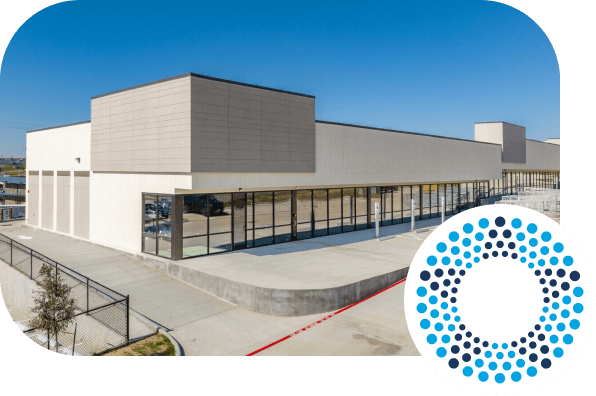Highlights from Dr. Wykoff’s Interview on BroadEye
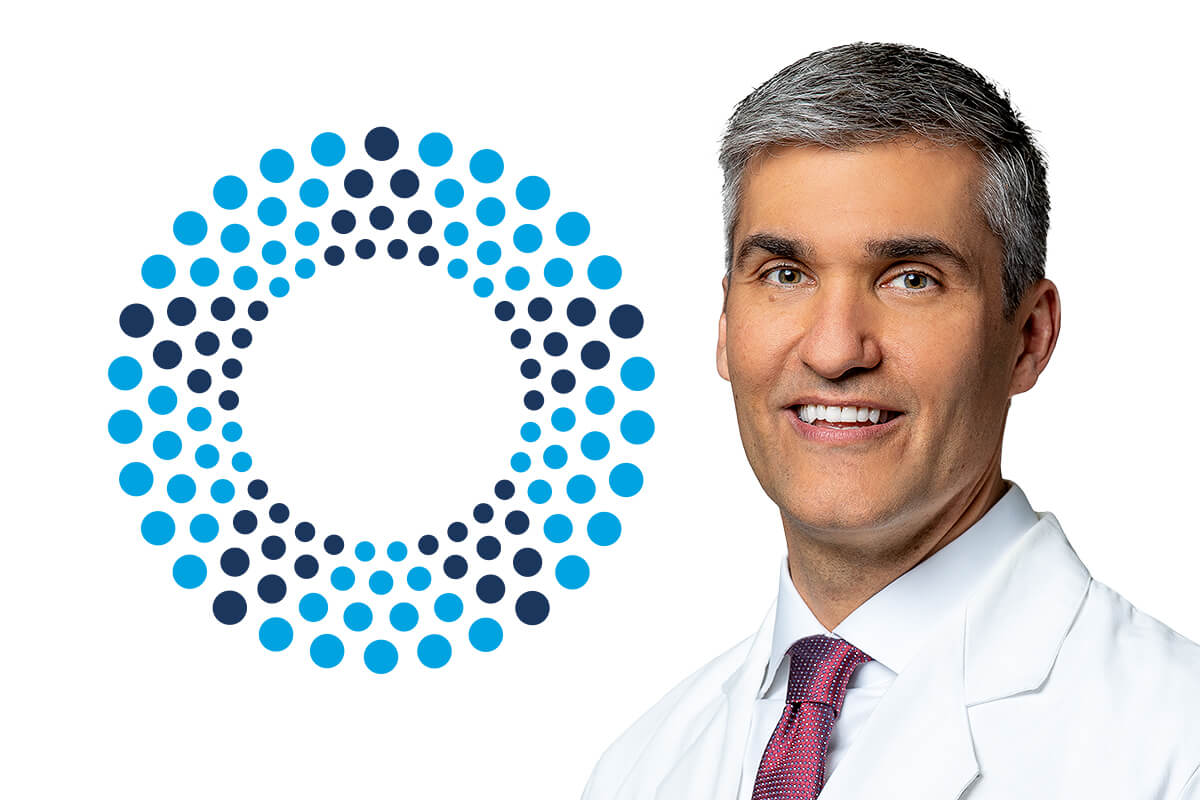
Recently, Retina Consultants of Texas’s very own Dr. Charles Wykoff was interviewed on BroadEye: An Ophthalmology Podcast to talk about diabetic retinopathy. Hosted by Dr. Shawn Maloney, who holds a PhD. in Ocular Pathology and has participated in numerous ophthalmology research initiatives. The two discussed everything from the importance of early diagnosis and screening to current treatment modalities to the groundbreaking clinical research that is currently being conducted by RCTX.
Highlights from Dr. Wykoff
On the importance of early screening for diabetic retinopathy
“What’s really frustrating about this is that these cases of blindness don’t need to occur. This is preventable and avoidable. This is needless blindness.”
“It’s particularly painful because you know that if a patient had just received the care they needed and deserved earlier, they probably wouldn’t be blind.”
“The eye is the tip of the iceberg when it comes to diabetes manifestations in the body. People with diabetes can feel fine, they can have no symptoms at all and have quite severe and extensive eye problems from diabetes. So, you can’t use symptoms and you can’t use someone’s vision to determine if they have a significant eye pathology that needs treatment. They need to be screened.”
On proliferative vs non-proliferative diabetic retinopathy
“The non-proliferative stages are when an eye develops visible changes within the retina such as small hemorrhages, for example. Once that progresses beyond severe non-proliferative diabetic retinopathy, an eye develops what is termed proliferative diabetic retinopathy [PDR], where abnormal blood vessels grow in a process called neovascularization or angiogenesis. These pathologic blood vessels grow outside of the retina. They break through the surface of the retina and they grow into the middle of the eye, into the sphere of the eye, into what is called the vitreous. When those small blood vessels begin to grow, at first they are typically harmless, but over time, they get larger, they can be easily broken and they recruit scar tissue. They can bleed and cause vitreous hemorrhages, which can fill the sphere of the eye and they also can cause traction from their associated scar tissue, ultimately leading to retinal detachment and blindness.”
“There are non-proliferative stages, which are often asymptomatic – that’s where you want to find patients with diabetic retinopathy. And then as they progress into proliferative diabetic retinopathy, those stages can also be asymptomatic, but those patients often begin to notice floaters or distortion in their vision as those abnormal blood vessels begin to grow and distort the normal retinal architecture.”
On the use of anti-VEGF medications for diabetic retinopathy
“We have medicines that we inject inside the eye called anti-VEGF pharmaceutical agents that block a very important growth factor that drives the pathophysiology of diabetic retinopathy and contributes substantially to DME [diabetic macular edema] and PDR development and progression. These pharmaceutical agents have been truly amazing – they are revolutionary in their ability to treat diabetic macular edema and PDR.”
“It’s a passion of mine...to move the needle across North America and around the world to earlier screening, earlier intervention to prevent needless cases of blindness because we have such great therapeutics today that people don’t need to go blind.”
On the long-term outcomes of diabetic retinopathy
“Long-term follow-up and compliance are such a critical point that is often glossed over...This is very much a chronic disease and I emphasize that to the patient that I see. I often summarize with patients, ‘There is no cure for this, this is not a situation of, “here’s a one-time treatment and you’re done.’”
On finding a diabetic eye specialist
“I encourage patients and family members to find a physician that is convenient and someone that you connect with and trust. Convenience is a big factor in maintaining compliance so that it is as easy as possible for them to receive the screening they need. It’s really important that you have a good eye care professional that’s comfortable diagnosing and managing the eye problems that come along with diabetes, because there are great treatments for this disease process and patients don’t need to go blind.”
You can listen to the full podcast episode here. You can also listen to the BroadEye podcast on Google Podcasts, Apple Podcasts, and Spotify.



